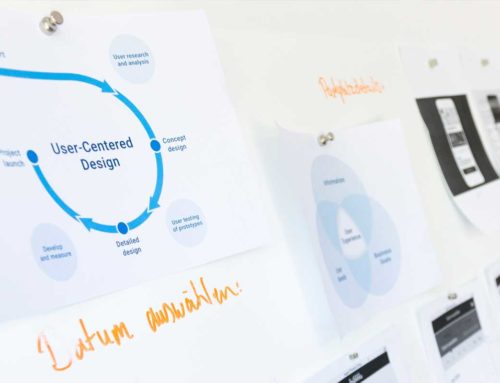Product life-cycle starts from the introduction and continues to Growth, Maturity or Stabilization, Decline. The aim is to get the product to the market as soon as possible. You should keep in mind that all the necessary departments should be involved all the time. This way we can improve the quality of the product and reduce costs. Also understanding the whole sales process is crucial. This way you can find new potential customers and as well as selling more to existing ones.
Why should I understand PLM?
There are many benefits to understanding product life-cycle management. You should identify features like sales, investment cost, competition, and profit. And how they follow through the whole sales process. When you are committed to the process it comes easier to launch new products. When you are aware of the stages it reduces costs and makes launching faster. In many cases products have limited life-cycle and you have to come up with modified or new products. Let’s think about toothpaste. It was first used in 5,000 B.C. by the Egyptians. So the life-cycle has been quite long. But all the time there comes new modifications and new substances. Adding new features ads more value to the product. And many competitors are trying to attract the same customers. That’s why it is important to understand PLM and how the product can be evolved.
Software development as part of the life-cycle management
Developing new products in most cases involve software development. It can play a big role in innovation and testing. Also collecting and analyzing data is important. Many of the new products can be connected to cloud servers and collect data in real-time. When analyzing the data you can modify the product and come up with new improvements. You can also give users insights about how to use a product in a new way. For example, toothpaste can be used to polish silver products. This way you made the product more interesting and stand out from competitors. Remember to stand out in marketing. Being unique is as important as the whole product development.









